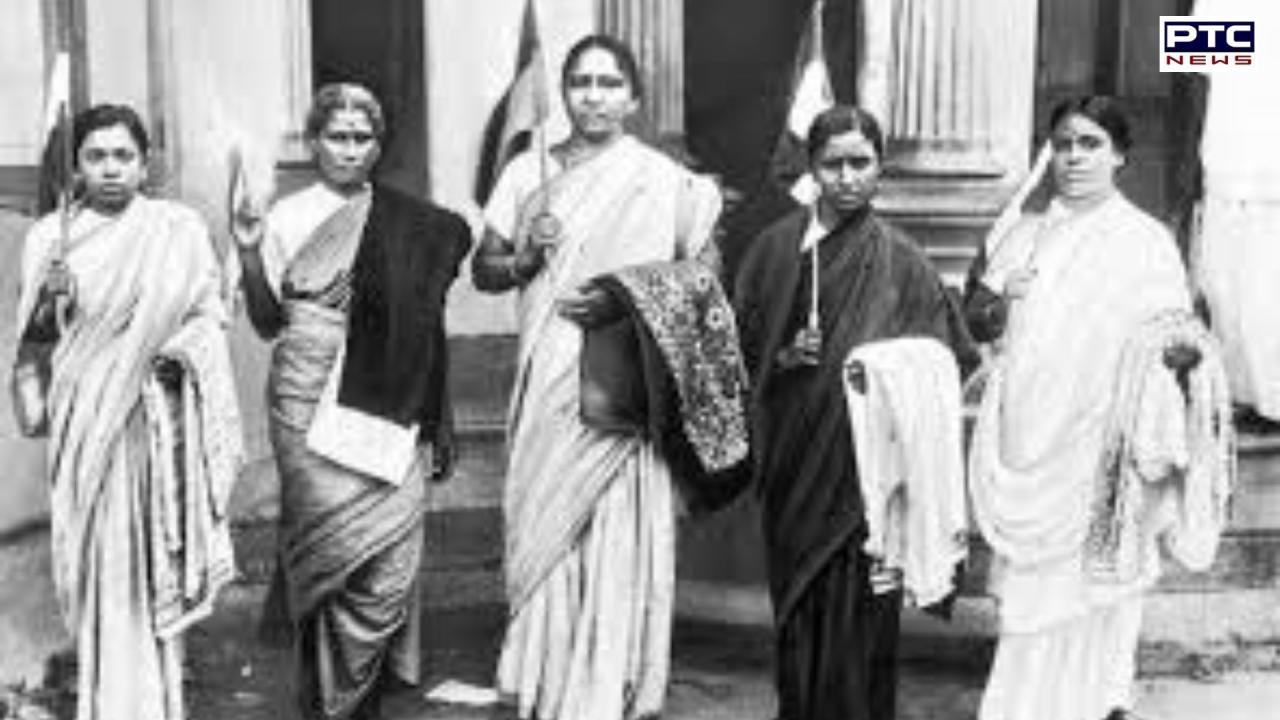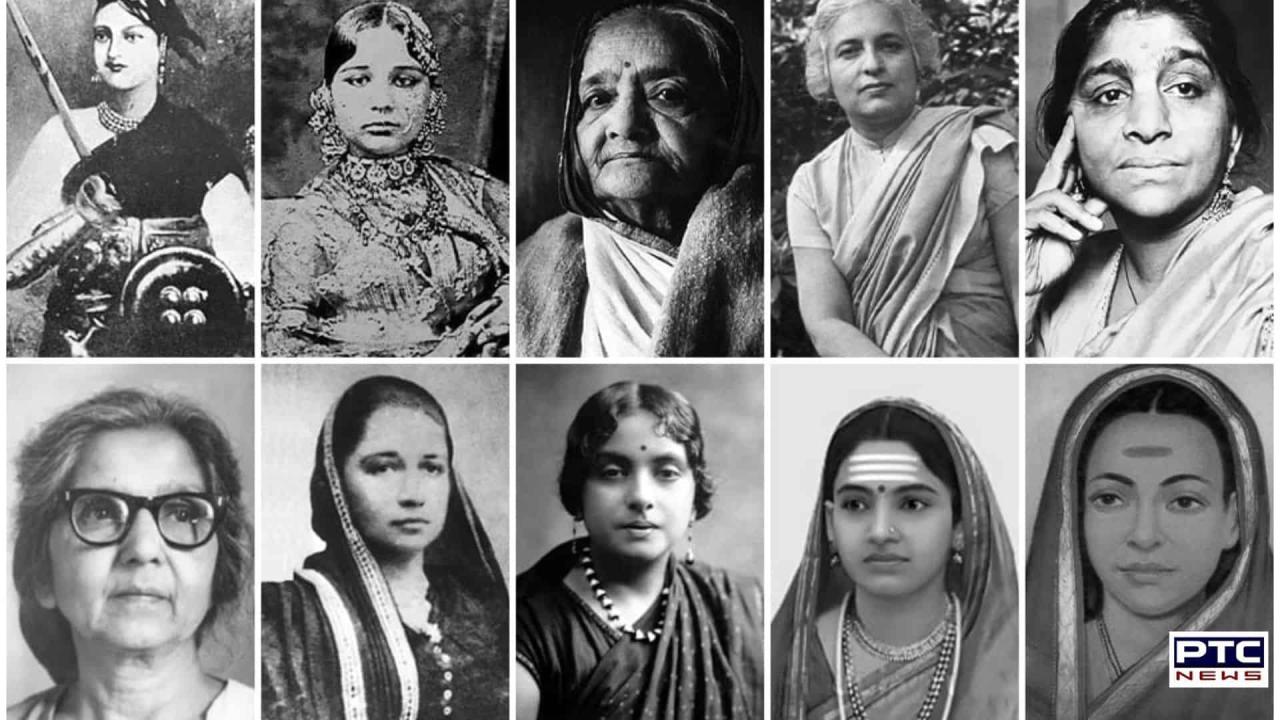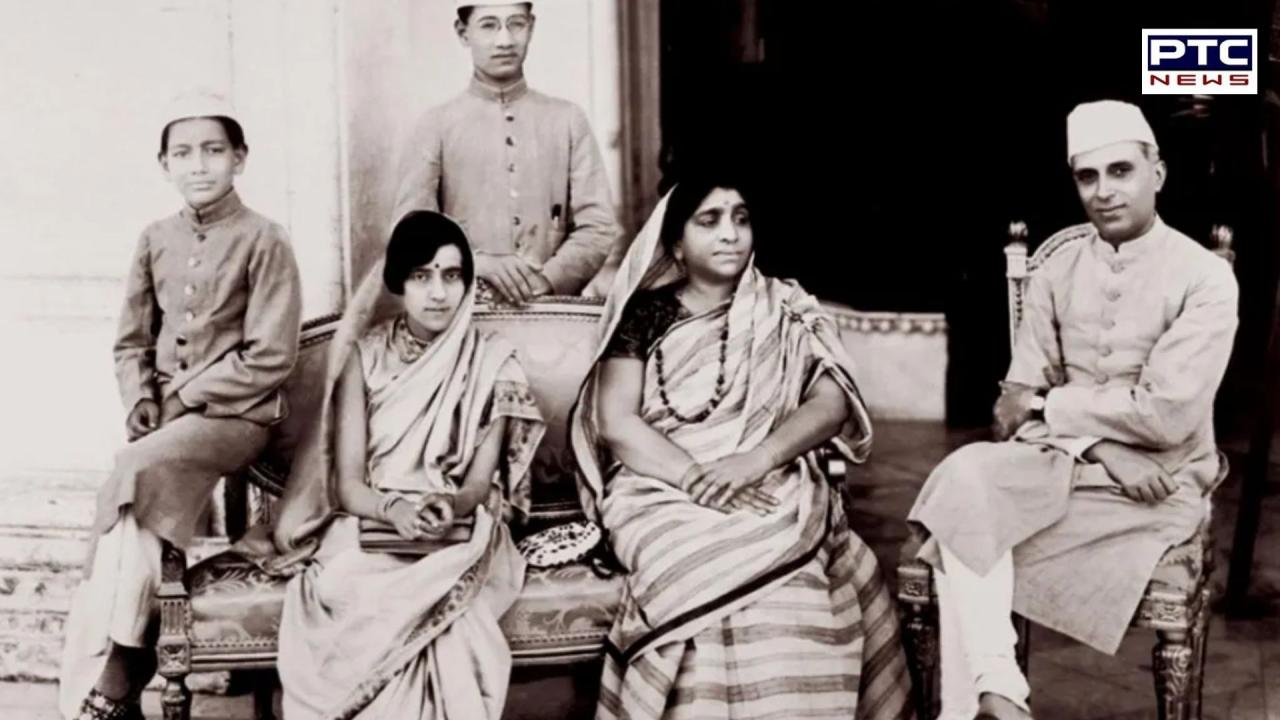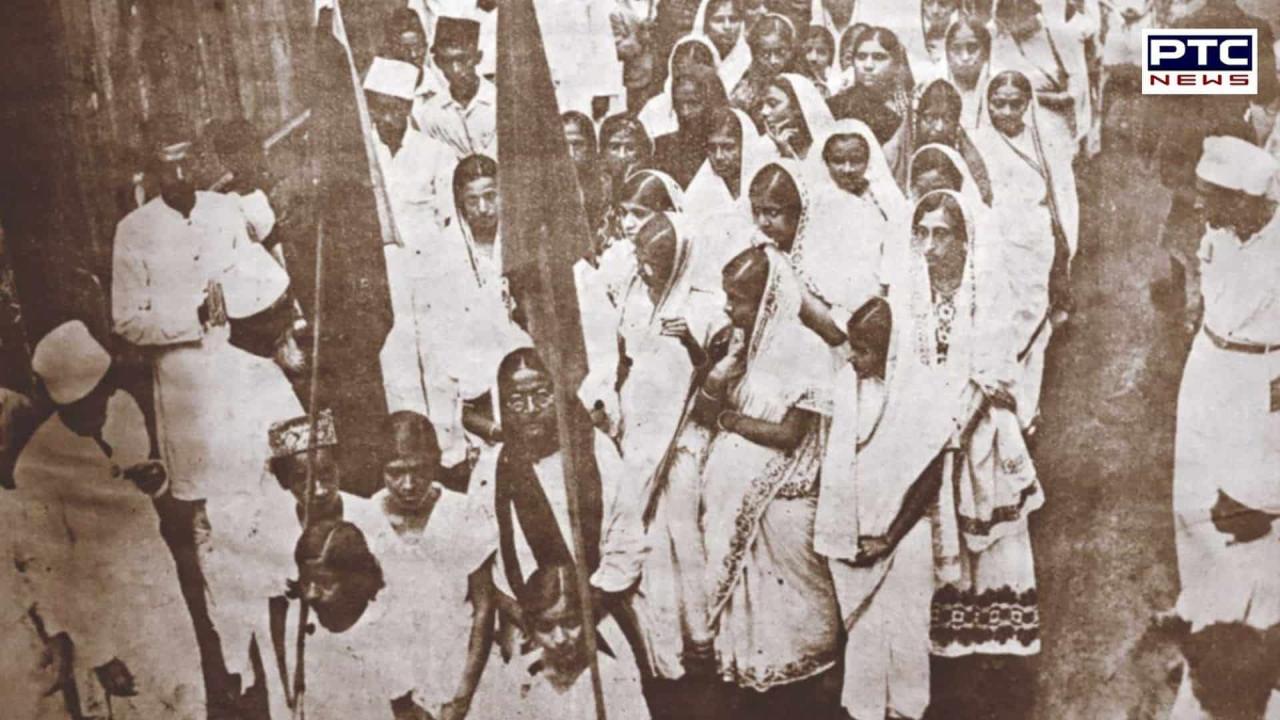

Freedom Struggle: Women’s role in India’s fight for freedom
Women Empowerment: The history of India’s freedom movement is a profound narrative of courage, sacrifice, and political acumen, with countless women playing pivotal roles throughout the struggle. Their contributions began as early as 1817, when Bhima Bai Holkar, a formidable warrior, fought against British Colonel Malcolm and achieved victory through guerrilla warfare.
This was a critical period for India, marked by the rapid expansion of the British East India Company’s empire. After the fall of Tipu Sultan in 1799 and the subjugation of the Marathas in 1815, the resistance continued through figures like Queen Chennamma of Kittore. Chennamma, a widowed queen, fiercely resisted British attempts to annex her tiny principality in present-day Belgaum District, Karnataka, achieving initial successes against the British forces.

Among the most iconic female warriors in Indian history is the Rani of Jhansi, Lakshmi Bai. As the second wife of Raja Gangadhar Rao, the ruler of Jhansi, she defied the British "Doctrine of Lapse" and refused to surrender her kingdom. During the Revolt of 1857, she fought valiantly dressed as a man and ultimately died on the battlefield while battling British troops. Her bravery became a symbol of resistance and inspired many to rise against colonial rule.
Another notable figure from the Revolt of 1857 was Hazrat Mahal Begum, the wife of the deposed ruler of Lucknow. Actively opposing the British demand to surrender her city under the Doctrine of Lapse, she provided strong resistance. After the British forces captured Lucknow, she escaped to Kathmandu, continuing her struggle.
Kasturba Gandhi, Mahatma Gandhi's wife, was a staunch supporter of his initiatives. Imprisoned early on in Transvaal and later involved in the Quit India Movement of 1942, she was arrested and died while imprisoned in Poona. Her steadfast support for Gandhi's programs was a testament to her commitment to India's independence.
The Nehru family also contributed significantly to the freedom struggle. Swarup Rani Nehru, Jawaharlal Nehru’s mother, joined the fight despite her old age. Kamala Nehru, Jawaharlal’s wife, played an active role in various movements, including the Civil Disobedience Movement and the No Tax Campaign. Vijay Laxmi Pandit, Jawaharlal Nehru’s sister, was imprisoned multiple times for her involvement in the Civil Disobedience Movement and made significant contributions as India’s representative at the UN. Indira Gandhi, Jawaharlal’s daughter, organised a "Monkey Army" as a teenager and later became India's first female Prime Minister, marking four generations of dedicated service from the Nehru family.
Also Read: Generations of Resistance: How Gandhi's freedom movements secured India's independence
Sarojini Naidu, a prominent freedom fighter, made significant contributions to the movement. She was the first woman President of the Indian National Congress in 1925 and played a crucial role in the Quit India Movement of 1942. Naidu, a gifted poet known as the "Nightingale of India," was also the first female Governor of an Indian state, Uttar Pradesh.

Aruna Asaf Ali was another leading figure, especially during the Quit India Movement of 1942. Her act of unfurling the National Flag at the Gowalia Tank maidan in Bombay marked the beginning of the movement, and she became an enduring symbol of resistance. Her underground activities and editing of the journal ‘Inquilab’ further established her role in the struggle. She was later honored with the Bharat Ratna.
Madam Bhikaji Cama, influenced by Dadabhai Naoroji, made notable contributions from abroad. She unfurled the first National Flag at the International Socialist Conference in Stuttgart in 1907 and founded the Free India Society and the journal ‘Bande Mataram,’ advocating for India’s independence on the global stage.
Kalpana Dutta was a revolutionary leader who participated in the Chittagong armoury raids and later joined the Communist Party of India, furthering the cause of independence.
Rani Gaidinliu, a Naga nationalist leader from Manipur, led the movement against British rule during the Civil Disobedience Movement. Her efforts to expel foreigners from Manipur marked a significant chapter in the regional resistance against colonialism.
Padmaja Naidu, Sarojini Naidu’s daughter, also made notable contributions. She co-founded the Indian National Congress of Hyderabad and led efforts to promote Khadi and boycott foreign goods. Her imprisonment during the Quit India Movement and subsequent role as Governor of West Bengal highlighted her dedication to the nation.
Sucheta Kriplani, a close associate of Jai Prakash Narayan, actively participated in the Quit India Movement and became the Chief Minister of Uttar Pradesh. Her participation in the Constituent Assembly and leadership in the Congress further demonstrated her commitment to India’s independence.
Raj Kumari Amrit Kaur, a follower of Gandhi, played a significant role in the 1930 Salt Satyagraha and the Quit India Movement. As the first Health Minister of independent India, she was also a founder of the Indian Council of Child Welfare and the All India Women’s Conference.
Kamaladevi Chattopadhyay, elected President of the Youth Congress in 1929, became a prominent figure in the independence movement. Her act of protecting the Tricolor during a scuffle in 1930 captured national attention and galvanized the All India Women’s Conference into a dynamic force.
Also Read: Azadi Ke Hero: Indian freedom fighters who shaped the nation's destiny
In addition to these remarkable Indian women, several foreign women also contributed significantly to India’s struggle for freedom. Sister Nivedita, an Irish disciple of Swami Vivekananda, supported India’s cause throughout America and Europe and attended the Benares Congress Session in 1905. Annie Besant, another Irish-born advocate, founded the Home Rule League in 1916 and was the first woman President of the Indian National Congress. Her editorial work and advocacy were instrumental in garnering international support for India’s independence.

Mira Alphonse, known as ‘The Mother,’ arrived in India in 1914 and inspired many, including Annie Besant and Nellie Sen Gupta. Her role in promoting Indian heritage and culture, along with her contributions to Auroville, marked her significant impact.
Meera Behn (Madeliene Slade) and Sarla Behn (Katherine Mary Heilaman), both close associates of Mahatma Gandhi, made substantial contributions to the freedom struggle. Their social work, pioneering efforts, and support for Gandhiji’s initiatives underscored their commitment to India's independence.
On Independence Day, it is fitting to honor these brave Indian women and their foreign counterparts who made enormous contributions to India's freedom struggle and nation-building efforts. Their legacy of courage and dedication continues to inspire and shape the nation’s history.
Also Read: Mahila Shakti: A tribute to heroines of India's freedom struggle & their impact in Indian history
- With inputs from agencies
